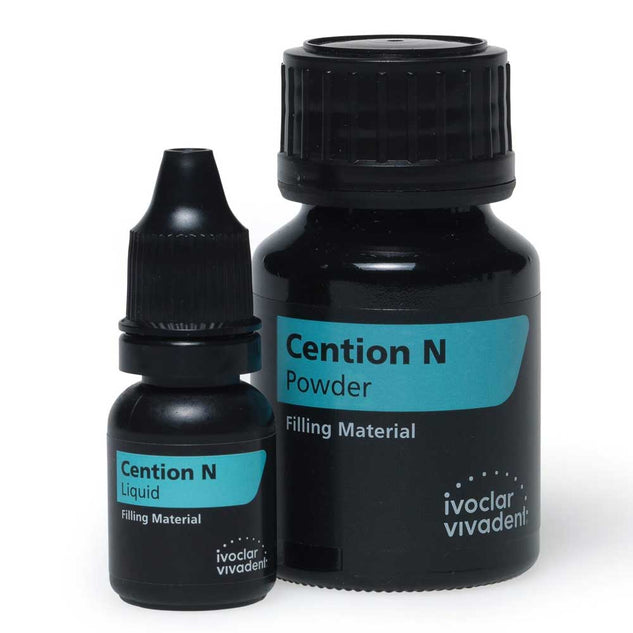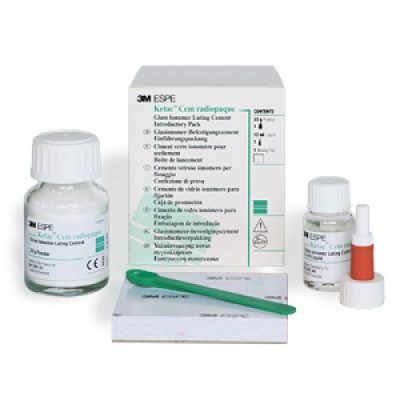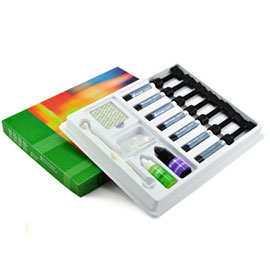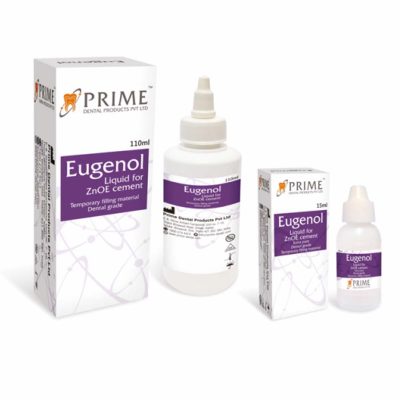IVOCLAR Cention N | Restorative Material
Cash on Delivery (COD) Payment Service Available COD enabled for selected products only. If all items in your cart are COD enabled. The eligible cart value for COD falls within the Rs. 100 to Rs. 10,000 range.
Save Rs. 500 Discount on order above Rs 20,000
Save Rs. 200 Discount on order above Rs 10,000
Save Rs. 100 Delivery charges on orders above Rs 5,000
Now go add some variable products!
Description
Cention N is a radiopaque, self-curing filling material with light-curing option, which releases fluoride, calcium and hydroxide ions. It is suitable for use as a full volume replacement material in restorations for Class I, II and V cavities. Cention N can be optionally cured with light in the wavelength range of 400–500 nm.
Cention N offers tooth-coloured esthetics together with high flexural strength. The new filling material belongs to the materials group of Alkasites. The patented alkaline filler increases the release of hydroxide ions to regulate the pH value during acid attacks. As a result, demineralization can be prevented. Moreover, the release of large numbers of fluoride and calcium ions forms a sound basis for the remineralization of dental enamel. The initiator system enables good chemical self-curing.
| Brand | Ivoclar |
|---|---|
| Features | Stronger than glass ionomer cement |
| Indications | Suitable for use without an adhesive in Class I and Class II cavities with retentive preparation |
| KEY Specifications | Mixing time (at 23 °C): 45–60 s |
| Directions To USE | Application |
| Packaging | Shade: Cention N is available in Shade A2. #. Starter Kit: #. System Kit: #. Ivoclar Cention N Liquid 8G: |
|---|








